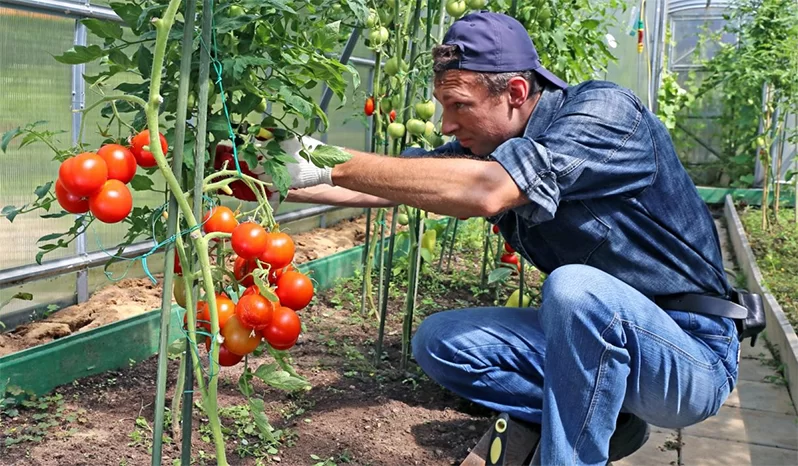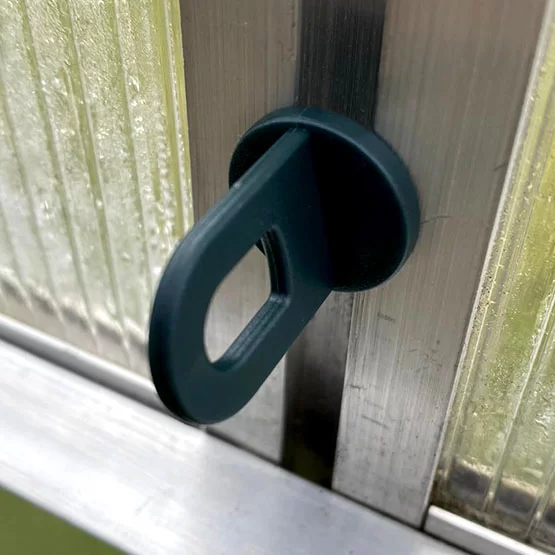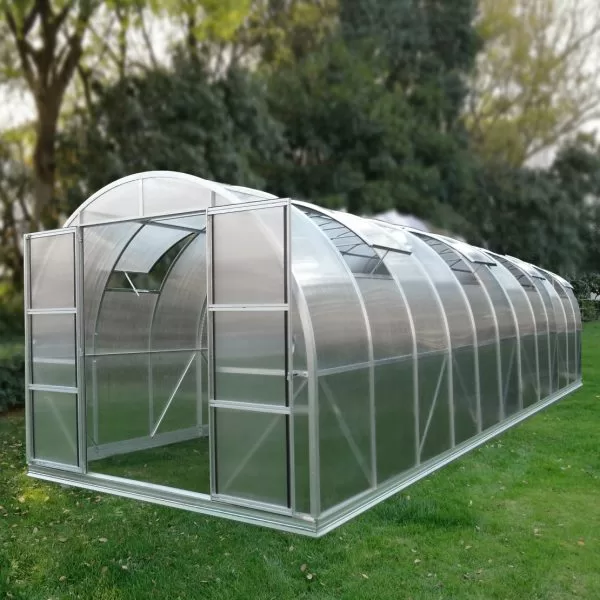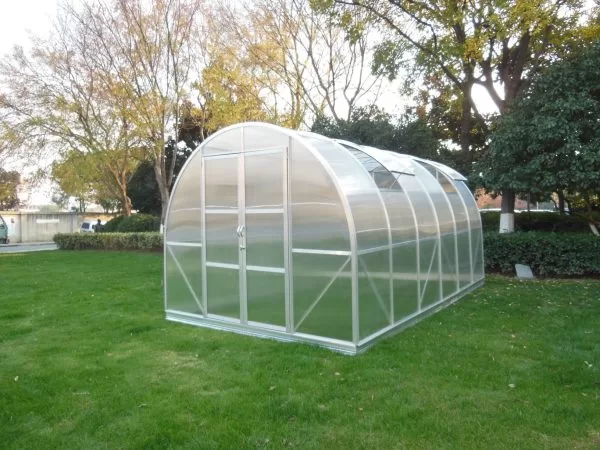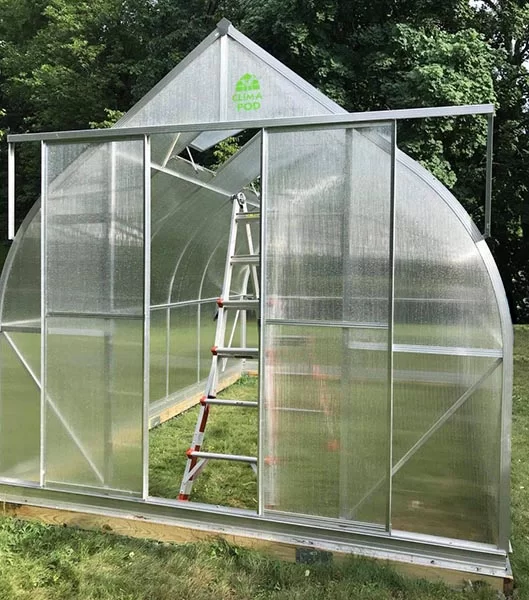Growing tomatoes in a greenhouse creates an ideal environment for temperature and humidity control. The ideal temperature range for growing tomatoes is 64°F to 80°F during the day and 54°F to 64°F at night. It is important to maintain a stable temperature as fluctuations can lead to problems such as fruit tip rot and poor fruit set.
Moisture is also an important factor for successful tomato growth. The ideal humidity level in a greenhouse is between 60% and 70%. High humidity can lead to fungal diseases, and low humidity can cause plants to wilt. To regulate humidity levels, use a hygrometer to monitor air humidity and use methods such as ventilation or mist systems to maintain optimal conditions.
The best soil for growing tomatoes in a greenhouse
Soil plays an important role in the health and productivity of tomatoes in a greenhouse. It should be well drained, rich in organic matter and have a pH between 6.0 and 6.8. A mixture of equal parts peat moss, perlite or vermiculite and compost is an excellent start to a quality tomato growing environment.
It is important to regularly test the soil pH and adjust it as necessary to maintain the optimal range. This can be done by adding lime to raise the pH or sulfur to lower it. Balanced soil will provide your tomato plants with the nutrients they need to thrive and produce a bountiful harvest.
Correct placement of tomato plants in the greenhouse
Proper placement of plants is essential for healthy growth and disease prevention in the greenhouse. When planting tomatoes, provide adequate space for air circulation and light penetration, which helps prevent the spread of disease and ensures even growth.
| Plant type | Distance between rows | Distance between plants |
|---|---|---|
| Unlimited growth | 23 in | 47 in |
| Limited growth | 18 in | 35 in |
In general, leave a minimum of 18-23 in between plants in a row and 35-47 in between rows, depending on the variety and growth characteristics. Undefined varieties, which grow taller and bear fruit over a longer period of time, require more space than certain varieties, which grow to a certain height and bear fruit in a short period of time. (Learn more: Distance between tomatoes in a greenhouse: crop planting scheme )
Watering tomatoes in a greenhouse
Proper watering of tomatoes in a greenhouse is important for their health and productivity. Tomato plants require constant moisture to thrive, but overwatering can lead to root rot and other problems. The frequency of watering depends on factors such as plant size, growth stage and temperature.
As a general rule, water tomatoes in a greenhouse every two to three days. It is important to water plants at the base so as not to wet the foliage, which can lead to fungal diseases. Use a moisture meter to monitor soil moisture levels, ensuring that the soil is always moist but not stagnant.
Support for tomato plants in the greenhouse
Maintaining tomato plants in a greenhouse is critical to keeping them off the ground, reducing the risk of disease and ensuring proper fruit development. There are several methods for supporting tomato plants in a greenhouse:
- Pegs: Drive strong stakes into the ground next to each plant and tie the main stem to the stake using soft thread or special plant ties. As the plant grows, continue to tie the stem to the stake.
- Cage: Place a tomato cage around each plant, providing support for the branches and keeping the fruit off the ground.
- Trellis: Set up a Trellis system and train your tomato plants to grow along the horizontal wires, securing them with plant ties as they grow.
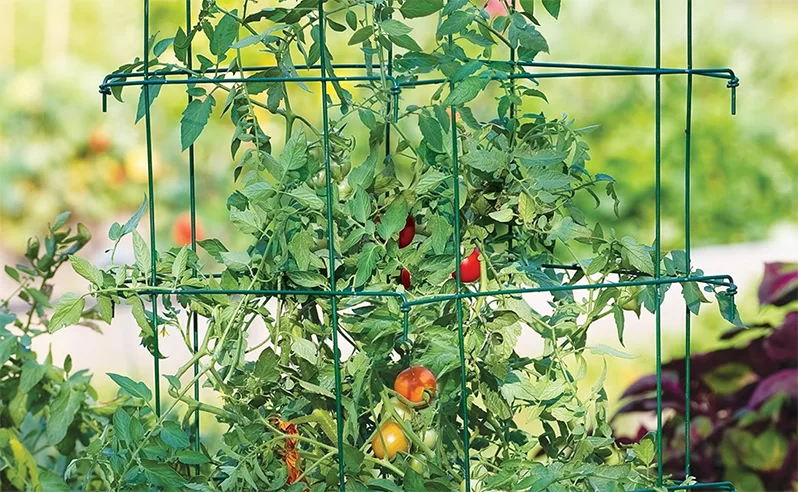
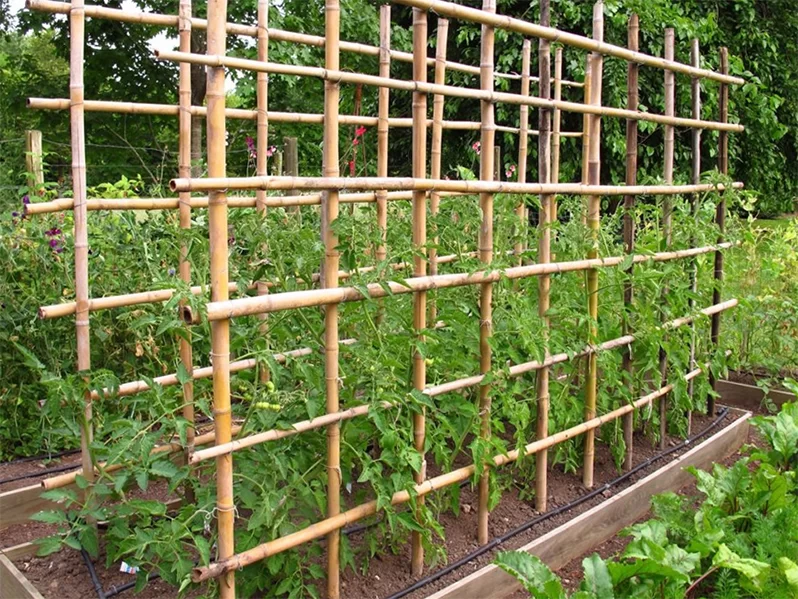
Choose a support method that suits your greenhouse layout and the specific needs of your tomato varieties.
| Support method | Description |
|---|---|
| Pegs | Use pegs to tie up the main stem |
| Cells | Place tomato cages around plants to support branches |
| Trellis | Grow plants along horizontal wires using garters |
Preventing pests and diseases in tomatoes in a greenhouse

Maintaining a healthy greenhouse environment is critical to preventing pests and diseases in tomato plants. Here are some tips for keeping your greenhouse tomatoes healthy:
- Keep it Clean: Regularly remove dead leaves and debris from the greenhouse, as they can harbor pests and diseases.
- Monitor for pests: Inspect your plants regularly for signs of infection and treat problems promptly with biological controls or organic pesticides. Promote beneficial insects: Introduce beneficial insects, such as ladybugs and moths, into your greenhouse to help you control pests naturally.
- Practice crop rotation: Avoid planting tomatoes in the same place every year, as this can encourage the accumulation of soil-borne diseases.
- Maintain optimal growing conditions: Provide proper temperature, humidity and ventilation to prevent disease development.
| Advice | Description |
|---|---|
| Good sanitation | Remove dead leaves and debris regularly |
| Pest control | Inspect plants and correct problems promptly |
| Introduction of beneficial insects | Have natural predators like ladybugs |
| Change of cultures | Practice crop rotation to prevent the spread of disease |
Ensuring proper ventilation for tomatoes in the greenhouse
Proper ventilation is critical to maintaining a healthy environment for tomatoes in the greenhouse. Good air circulation helps regulate temperature and humidity, prevents mold and mildew, and promotes strong, healthy plant growth.
To ensure proper ventilation, install vents or exhaust fans to remove warm, moist air and bring in fresh, cooler air. Open windows or doors during the day to allow cross-ventilation, but be sure to close them at night to maintain a stable temperature. In larger greenhouses, consider using variable airflow fans to further improve air circulation.
Schedule for fertilizing tomatoes in a greenhouse
A balanced fertilizer schedule is critical to the health and productivity of tomatoes in the greenhouse. Start by applying a slow-release, balanced fertilizer at planting time. Once the plants begin to flower and set fruit, switch to a high potassium fertilizer to stimulate fruit development and overall plant health.
Apply fertilizer every two weeks, following the manufacturer’s dosage recommendations. Be careful not to over-fertilize as this can cause excessive leaf growth at the expense of fruiting. Check plants regularly for nutrient deficiencies and adjust fertilizer schedule as needed.
ClimaPod Greenhouse Kit for growing tomatoes
Growing tomatoes in a greenhouse can be an enjoyable and productive experience for both beginner and experienced gardeners. By paying close attention to factors such as temperature, humidity, watering, soil composition, plant variety, placement, support, pest prevention, ventilation and fertilization, you will create a healthy environment for tomato plants to grow. With a little patience and diligence, you can enjoy a bountiful harvest of delicious homegrown tomatoes.

